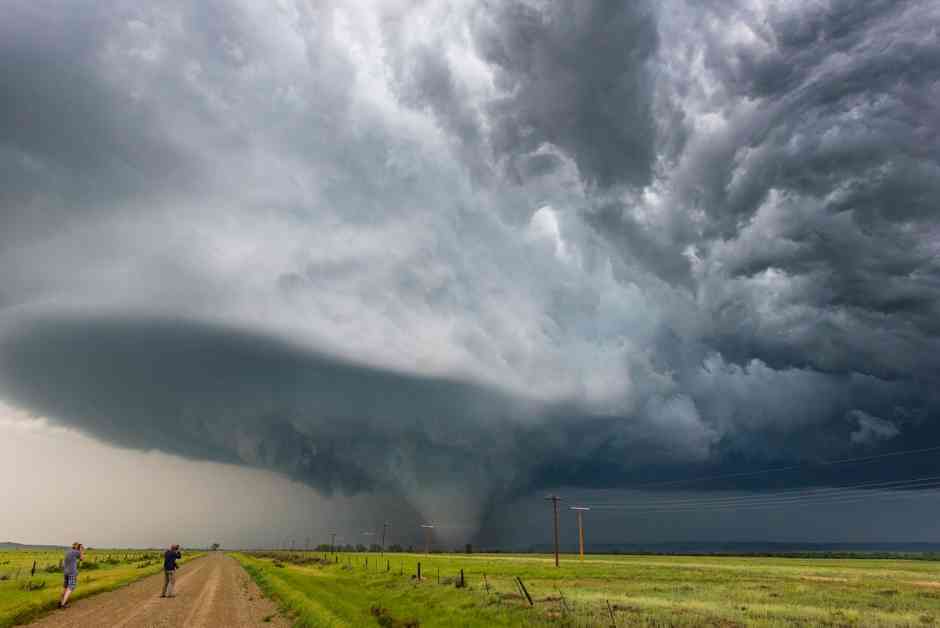Tornadoes are expected to wreak havoc across large parts of the U.S. in the upcoming days, adding to the already high number of such storms this year. The National Weather Service is facing budget cuts that may hinder its ability to respond to severe weather, exacerbating the situation.
What to Expect
The National Weather Service’s Storm Prediction Center has predicted severe thunderstorms with scattered tornadoes, some of which could be intense, in regions spanning Kentucky, Missouri, Illinois, Indiana, Tennessee, Arkansas, and Ohio on the afternoon and evening of May 16. According to Jenni Pittman, a meteorologist and deputy chief of the Science and Technology Integration division at the National Weather Service’s Central Region Headquarters, the risk of severe weather will extend beyond the historically known “Tornado Alley” to the mid-Mississippi, Tennessee, and Ohio valleys. The risk will persist on Sunday, Monday, and Tuesday, mainly in the High Plains through the Midwest, with particular concentration in Kansas and Oklahoma.
This Year in Tornadoes
As of May 15, the National Weather Service has recorded 779 tornadoes in its local storm reports, indicating a higher-than-average number for this time of year. Rich Thompson, chief of forecast operations for the Storm Prediction Center, notes that this year’s tornado activity is exceeding that of previous years, with 815 tornado reports by this point in the season. The most active tornado season in recent memory was 2011, which saw over 1,300 storms by mid-May, culminating in more than 2,200 storms by the end of the year.
What to Know
If you live in an area where tornadoes are expected, it is crucial to stay informed by following updates from local weather and emergency response agencies. Experts recommend having essential supplies on hand for sheltering in place and establishing a safety plan for both humans and pets. In the event of a severe thunderstorm watch, seek refuge in an interior room on the lowest floor of a sturdy building. For those caught outside in a storm, experts advise driving at a right angle to the tornado’s path if possible, or finding a safe location to lie below the roadway level if trapped in a vehicle. Avoid seeking shelter under bridges, as they do not provide adequate protection.
As tornadoes become more frequent and severe due to climate change, the science of tornado detection and prediction continues to evolve. The severity of this year’s tornado season serves as a reminder of the importance of preparedness and vigilance in the face of natural disasters.










